
Visa and entry requirements Sierra Leone:
Passport required
German citizens need a visa to enter Sierra Leone. The visa must be obtained in good time before the trip Embassy of Sierra Leone in Berlin be requested.
Visa costs: 100 euros
Information from the Foreign Office about your trip to Sierra Leone:
https://www.auswaertiges-amt.de/de/sierraleonesicherheit/203500
Sierra Leone is a country in West Africa with around 7.7 million inhabitants. The country borders Guinea to the north and northeast, Liberia to the southeast and the Atlantic Ocean to the west. The official language of Sierra Leone is English and the national currency is the Leone, with 1 euro corresponding to around 9 SLL.
The country's largest cities include Freetown, Waterloo, Bo, Kenema, Koidu, Makeni and Port Loko.
The territory of Sierra Leone also includes the three islands Banana Islands, Turtle Islands and Sherbro Islands. The highest peak in the country is Bintumani at 1,948 meters.
Sierra Leone lies north of the equator and, with its tropical, humid climate, is one of the wettest regions in Africa. Different forms of vegetation occur in the national territory, such as hot savannahs, mangrove swamps and tropical rainforests. Oil palms, red mangroves, guavas, mango trees, papaya and rose plants are widespread in the rich flora. The country's animal species include elephants, antelopes, pygmy hippos and various species of crocodiles.
In 2014, a huge Ebola fever epidemic spread in Sierra Leone and its two neighboring countries. Several thousand people died from the deadly Ebola virus.
Sierra Leone is one of the poorest countries in the world and a large proportion of its residents live in extreme poverty. According to the United Nations, the predominantly Muslim country is the least developed country in the world.
Sierra Leone has abundant deposits of mineral resources such as diamonds, chromium, bauxite, petroleum, gold, lignite, graphite, columbite, manganese, molybdenum, iron ore, rutile, platinum and rhodium. The agricultural products include coffee, cocoa, palm kernels, rice, millet and cassava. Because the Atlantic coast is rich in fish, fishing plays an important role in Sierra Leone's economy. In particular, tuna and herring are sold either fresh, smoked or dried.
The capital of Sierra Leone is Freetown, located directly on the Atlantic, with around 1.3 million inhabitants. The capital's important port, which is also the third largest natural harbor in the world, is the central starting point for the country's goods exports.
Freetown's tourist attractions include St. George's Cathedral, Central Mosque, Roman Catholic Sacred Heart Cathedral, Jamiul Salaam Foulah Town Mosque, 230-year-old Cotton Tree, Sierra Leone National Museum, Portuguese Steps , the Supreme Court, the National Railway Museum, the three historic cannons, Victoria Park, the gate to Old Kings Yard and various beaches.
In July 2016 I visited Freetown during my West Africa tour. As soon as I arrived at Freetown airport in the morning, the country's poverty was clearly visible. Actually everything there was dilapidated and in a catastrophic condition.
To make matters worse, my onward flight with Air France to neighboring Guinea in the evening was canceled without replacement and my ticket was automatically rebooked for three days later. Since I couldn't possibly spend three nights in Freetown and my travel plan didn't allow for such a delay, after long discussions with the Air France employees, I rented an SUV with a driver to take me to Conakry, 300 kilometers away. We finally set off quickly on the 7-hour journey in a Toyota for 250 US dollars so as not to miss my connecting flight to Liberia the next day.
Unfortunately, my planned city tour in Freetown was canceled and was replaced by an overland trip across Sierra Leone, right through the Ebola area. While the main road in Sierra Leone was still asphalted throughout and the landscape up to the border was still quite nice to look at, the unpleasant part of the car journey only started at the border crossing and after the border with the terrible roads of Guinea. However, the incredible poverty of Sierra Leone was clearly visible everywhere on the side of the road and didn't exactly invite you to stop and linger.

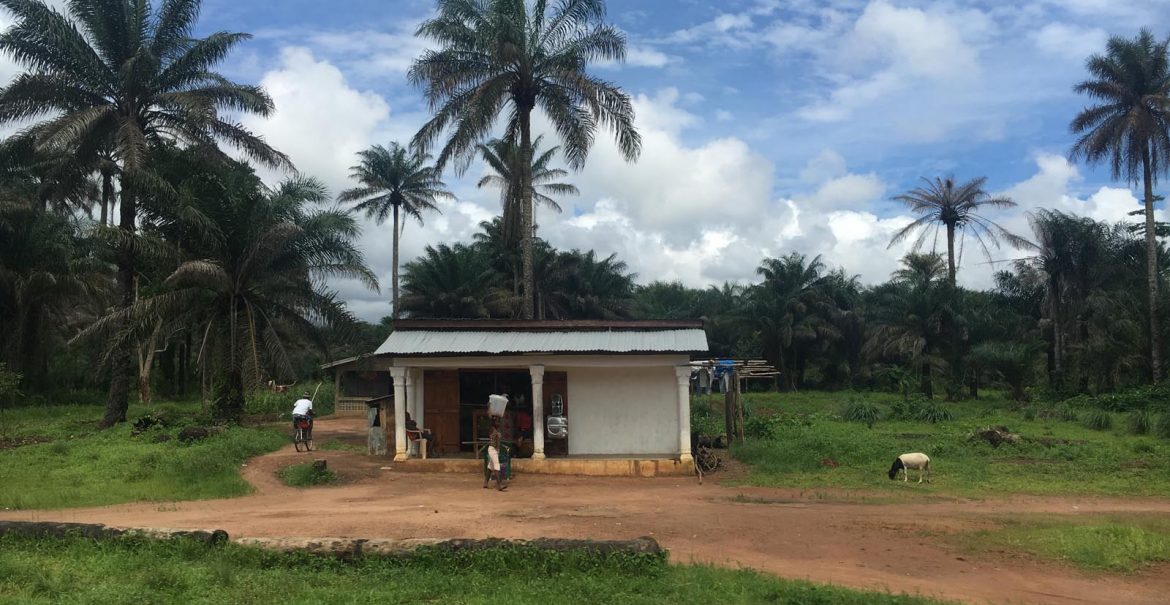
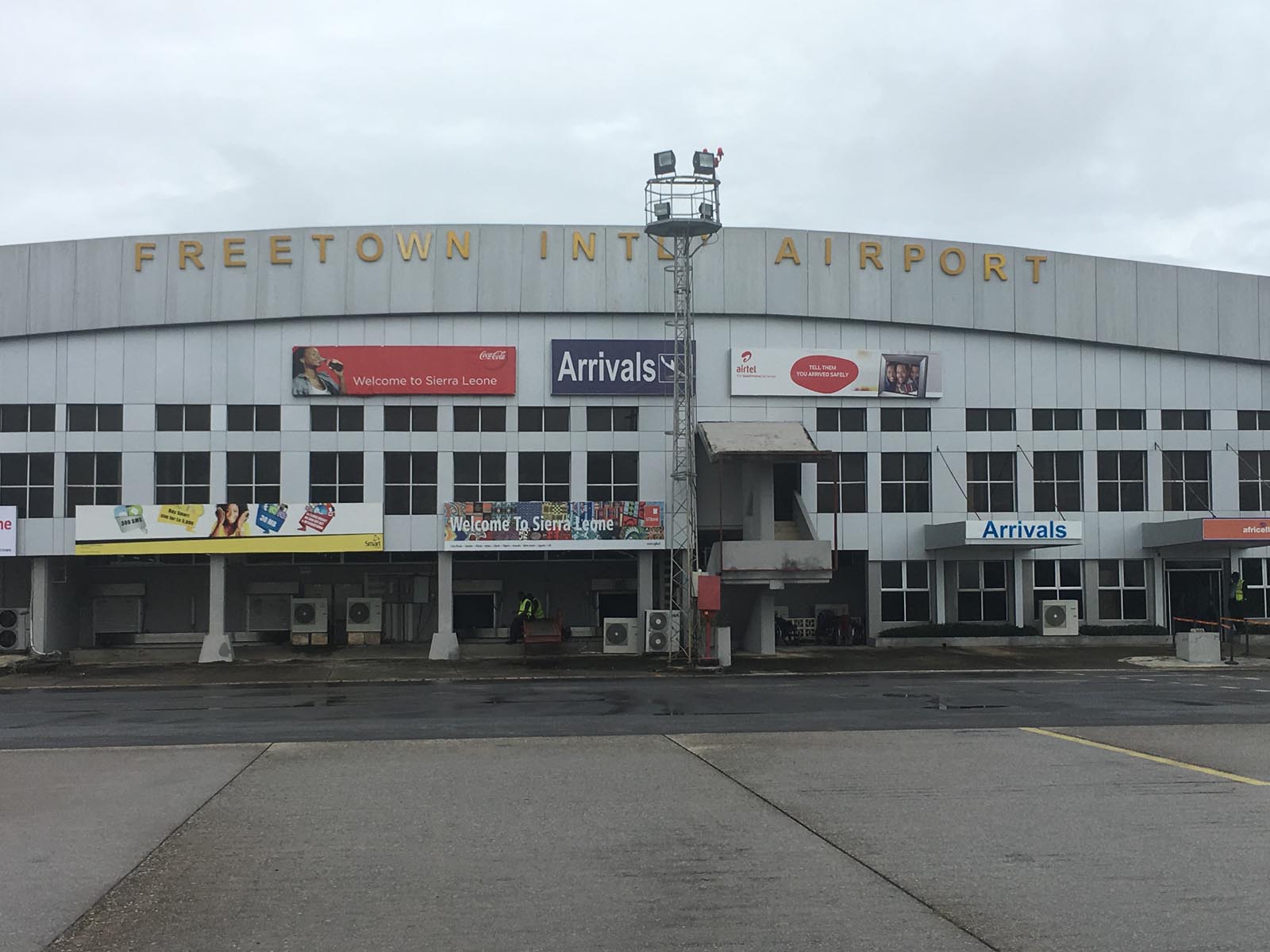
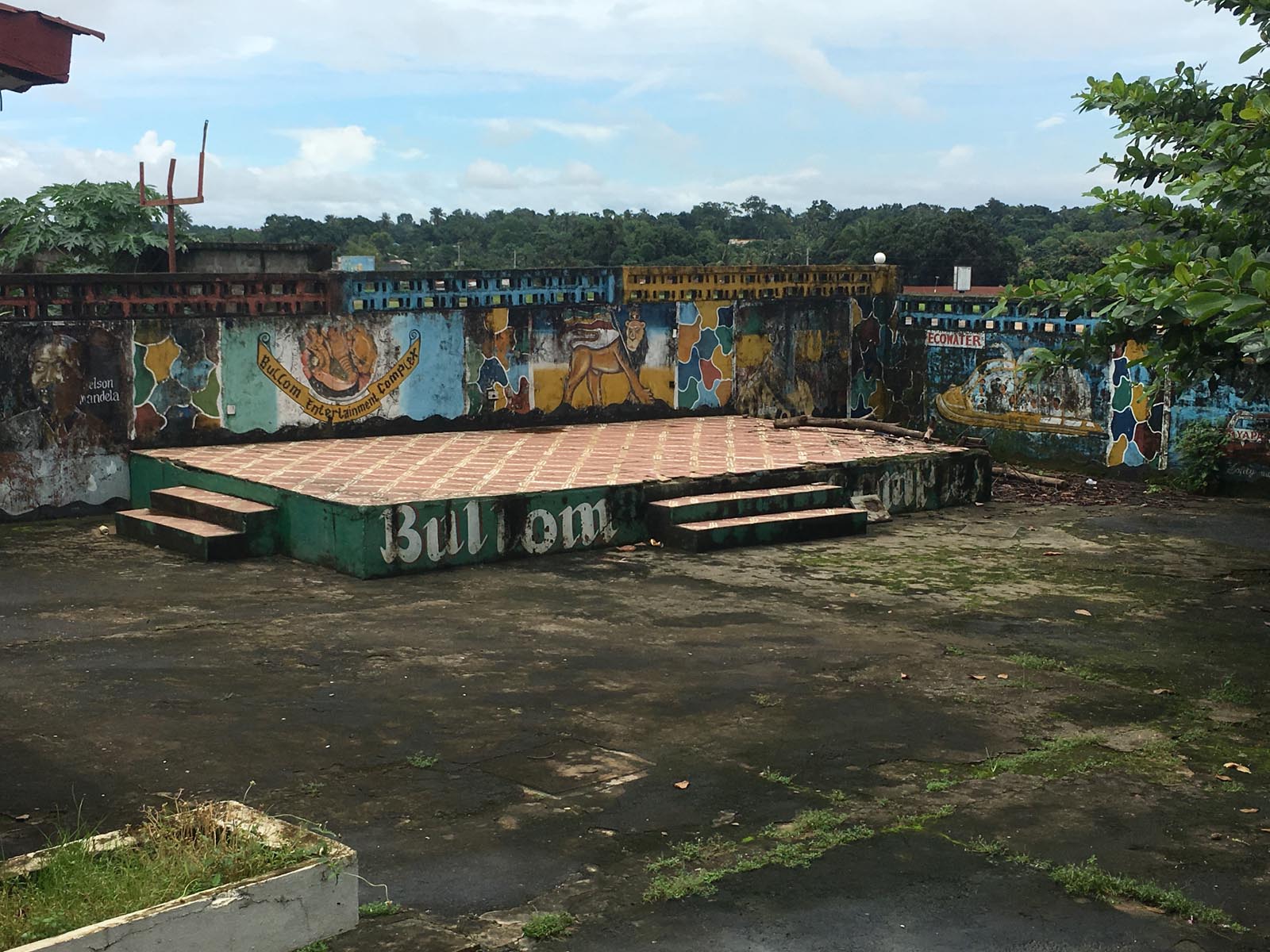
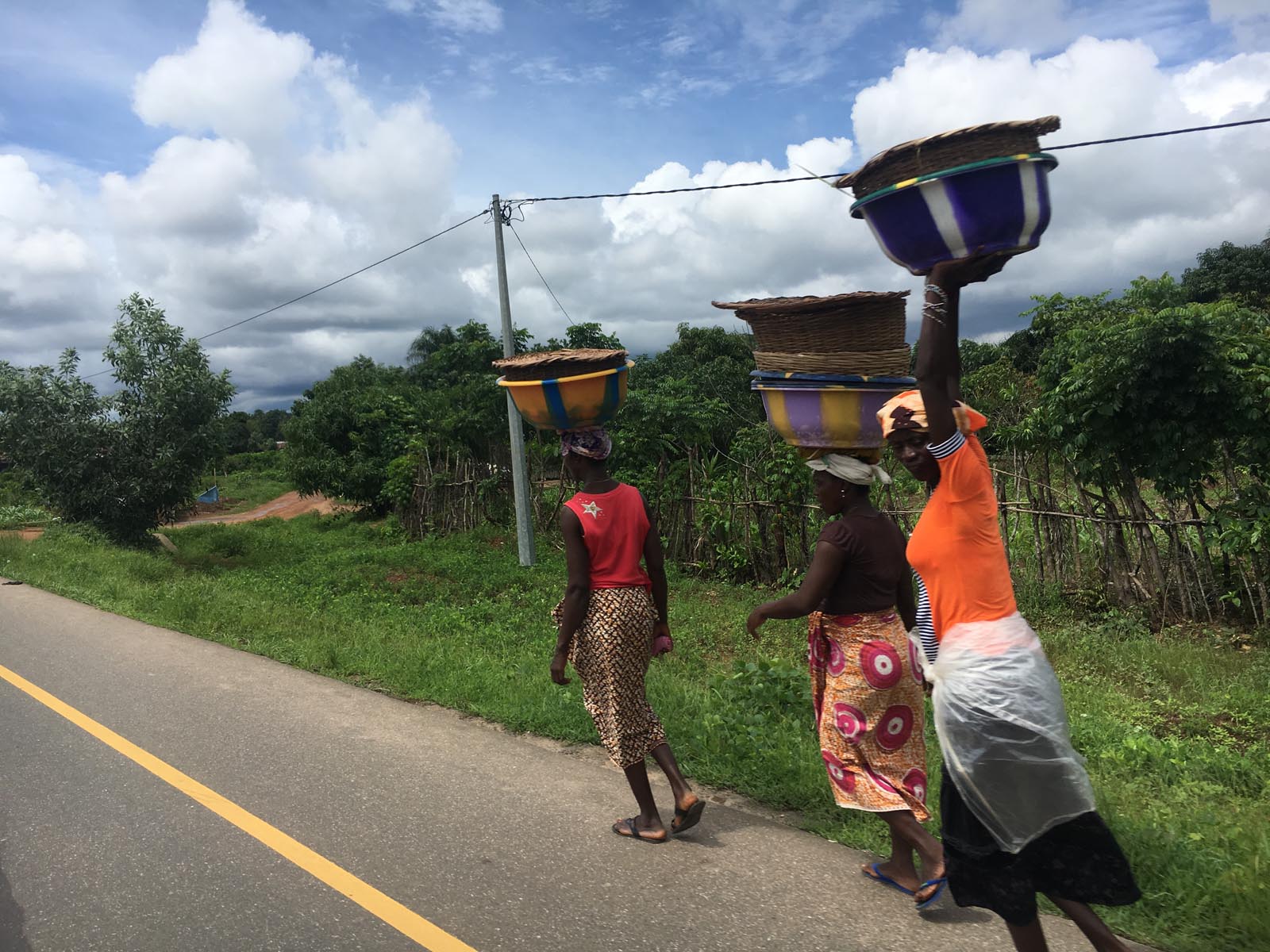
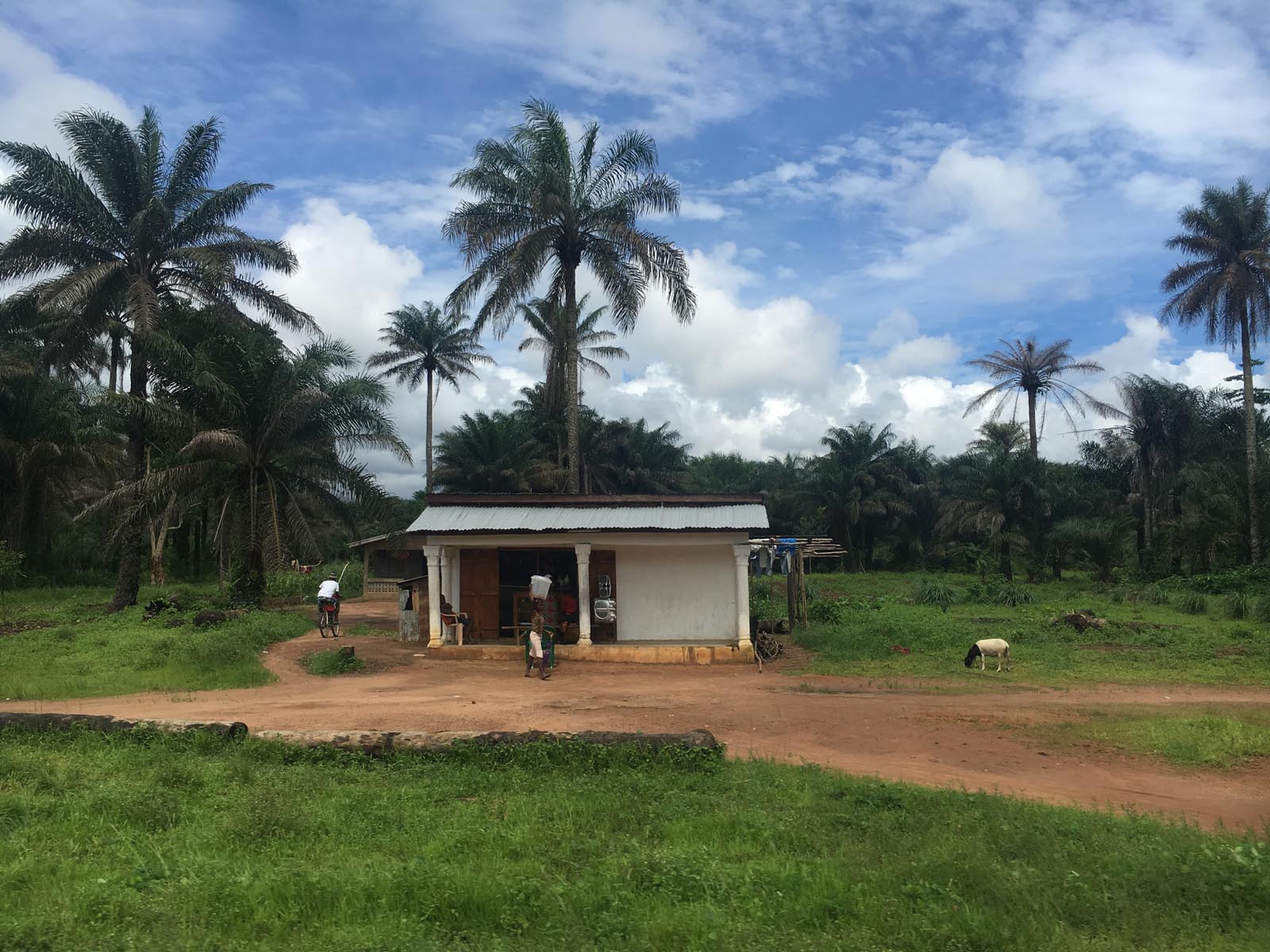
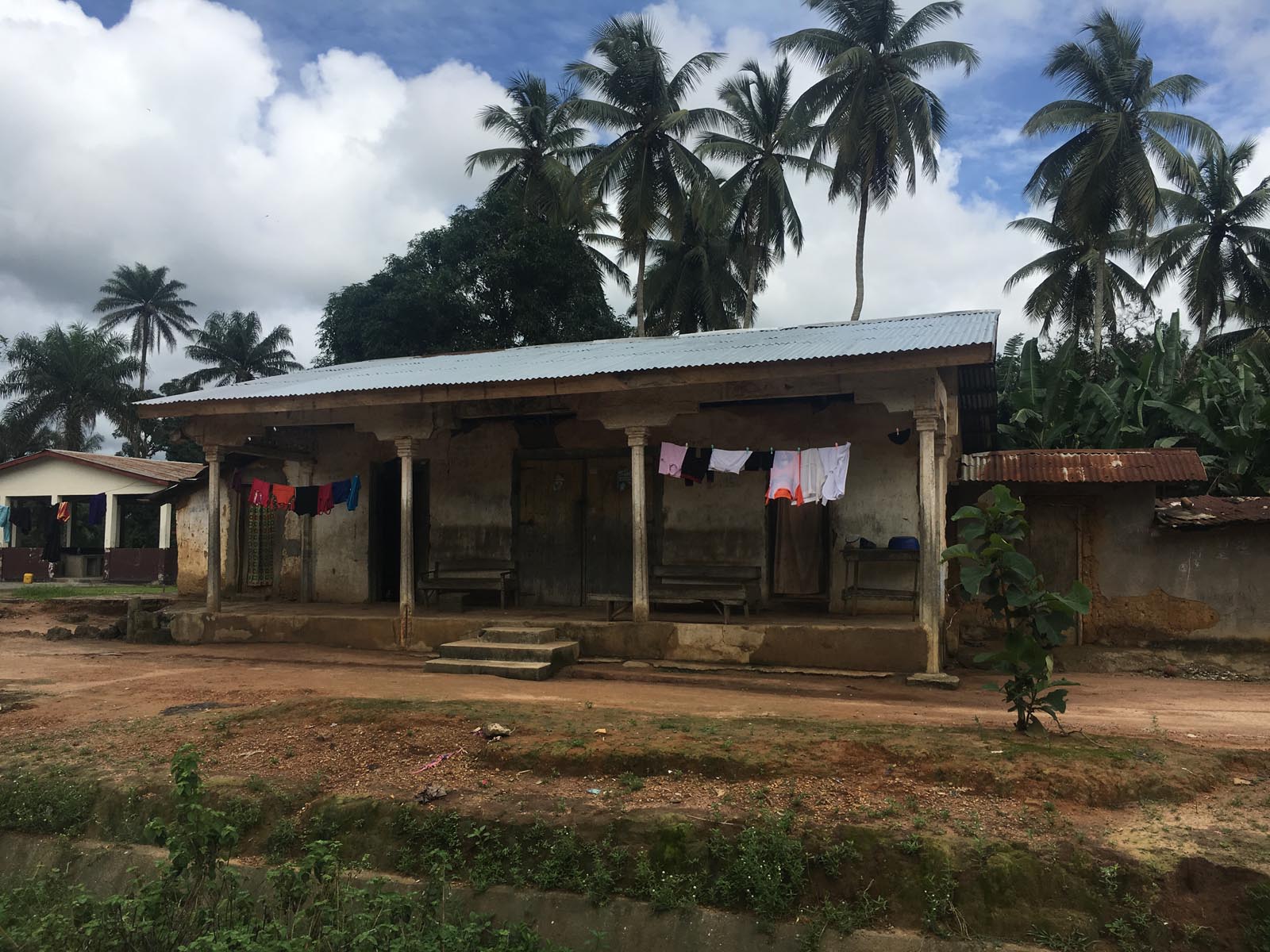
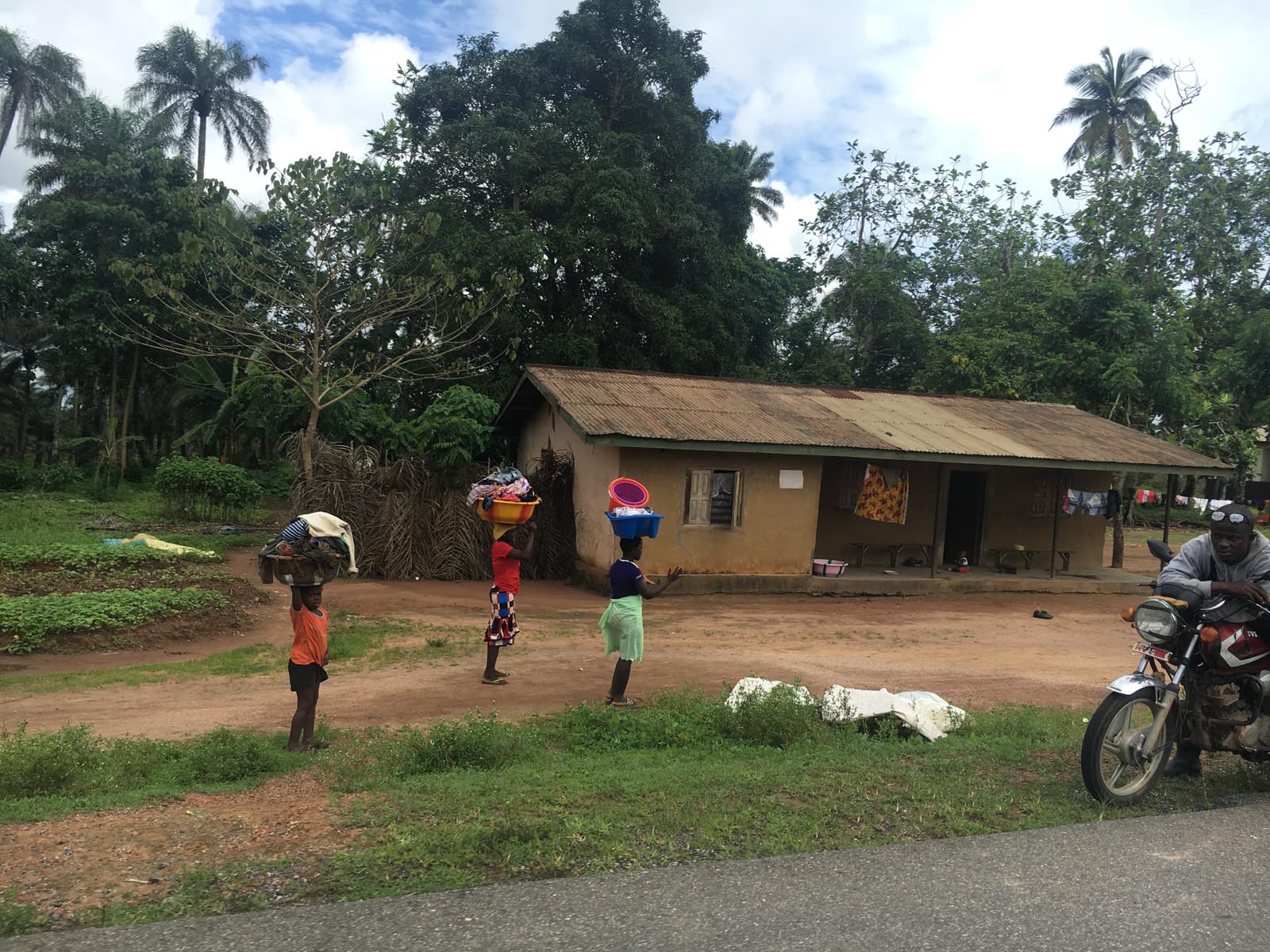
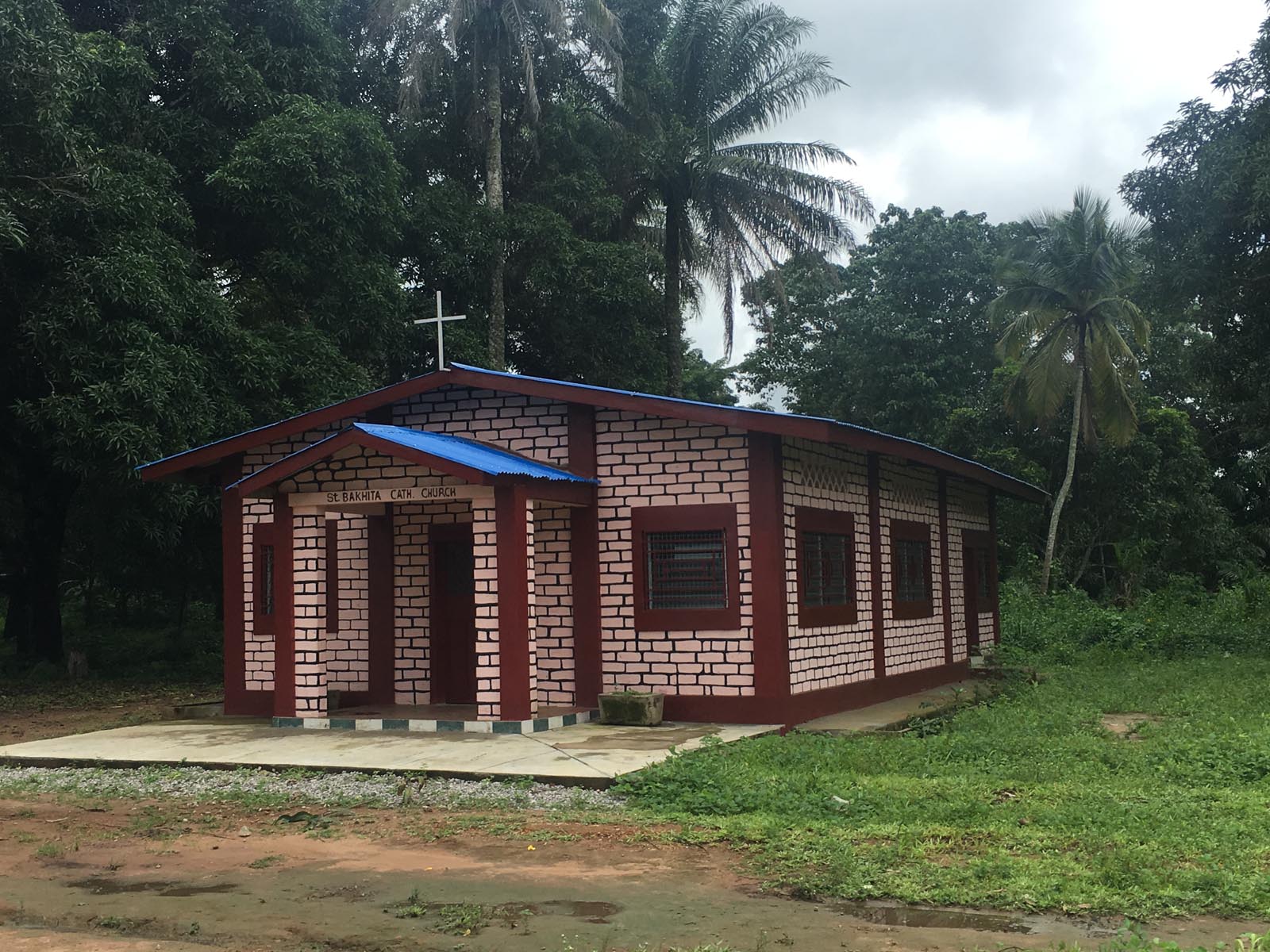

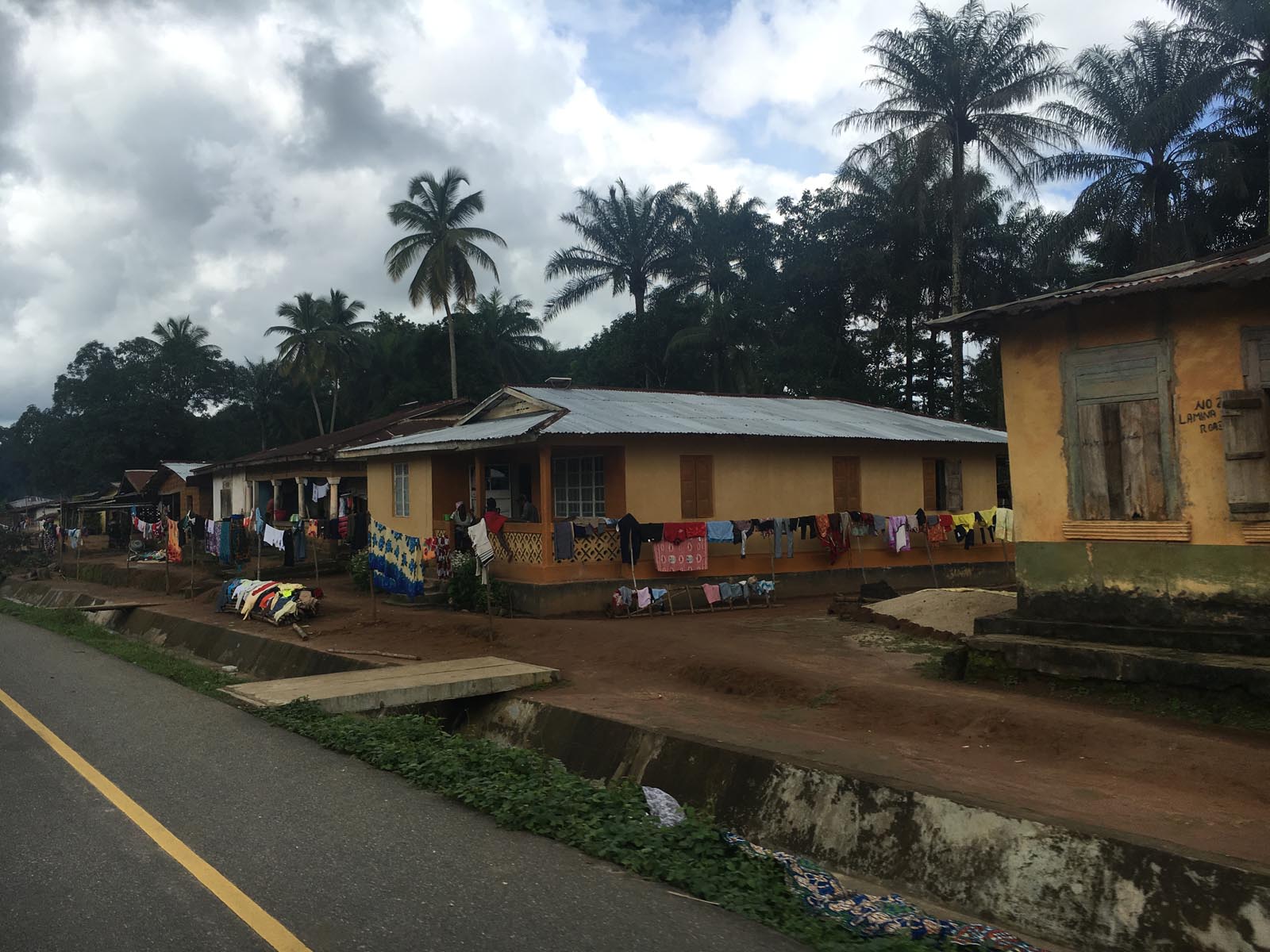
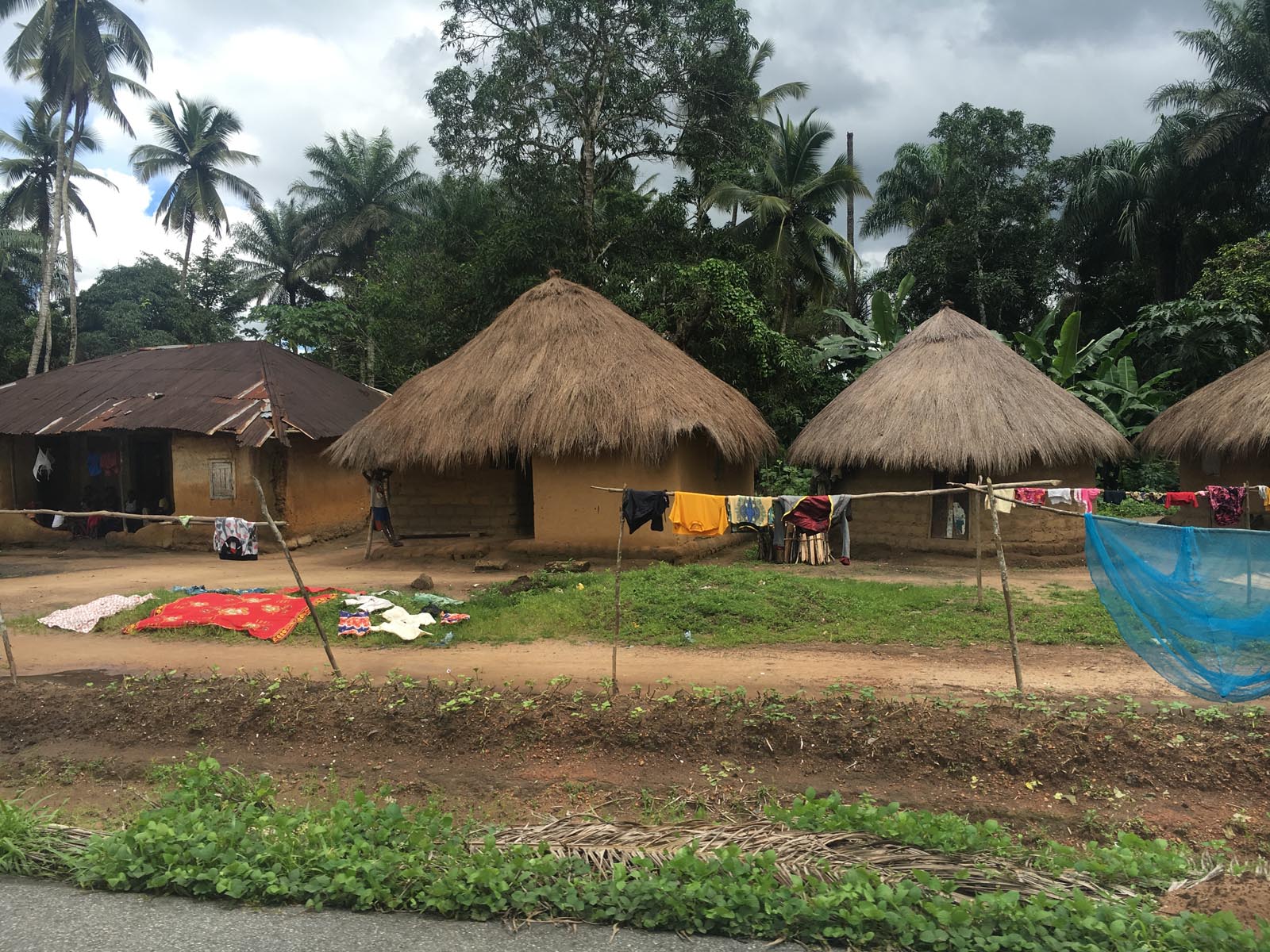
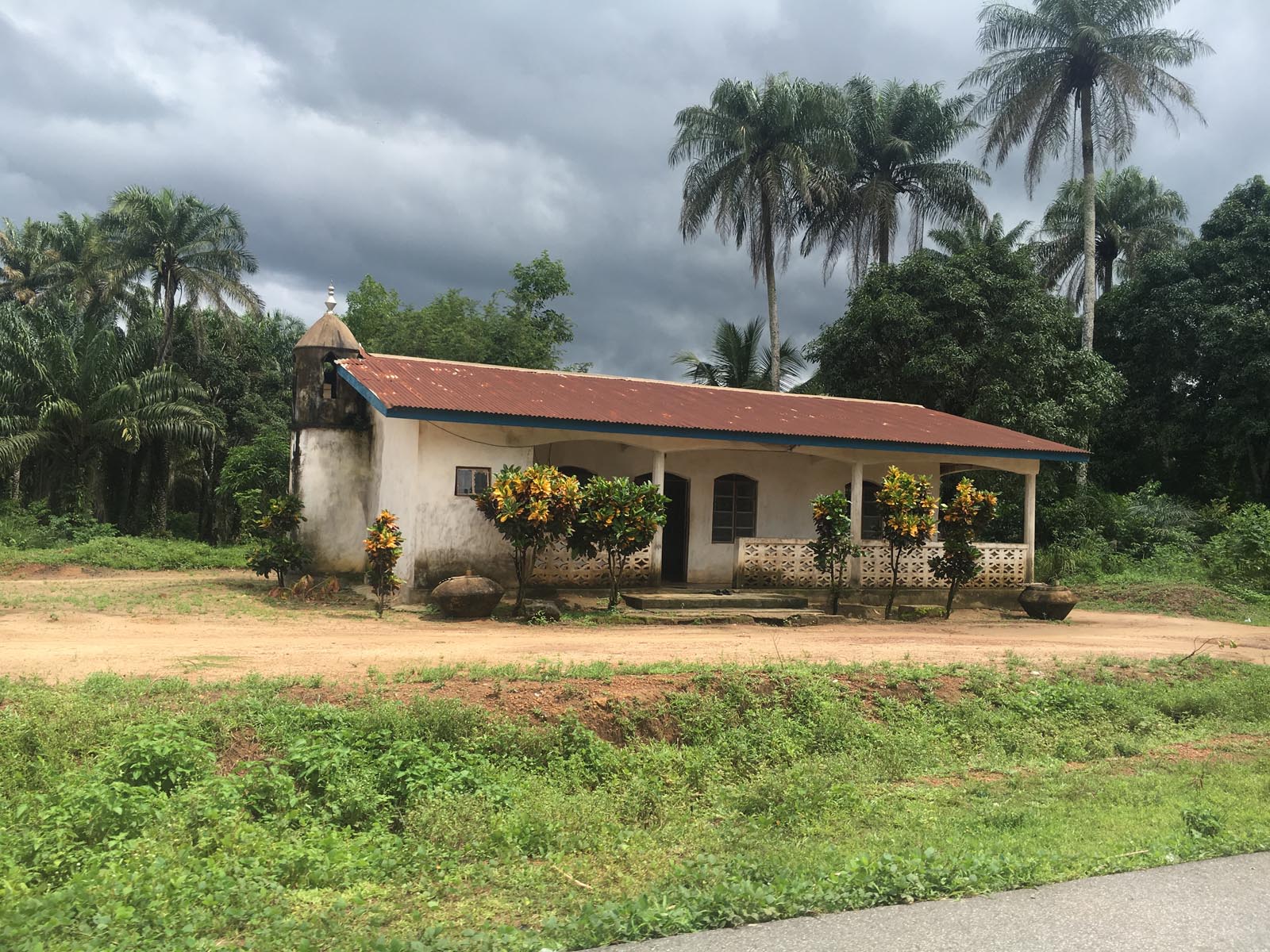
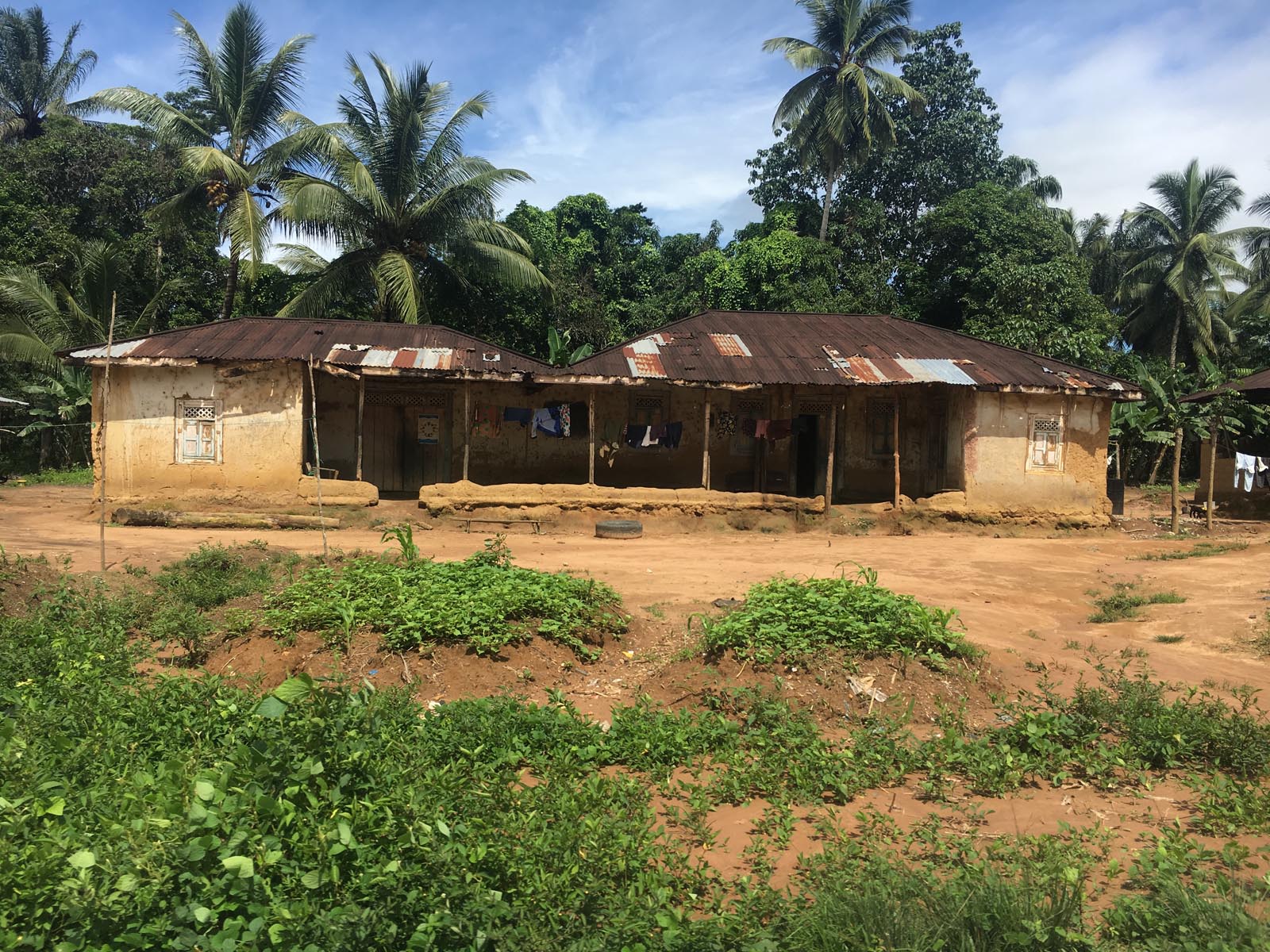
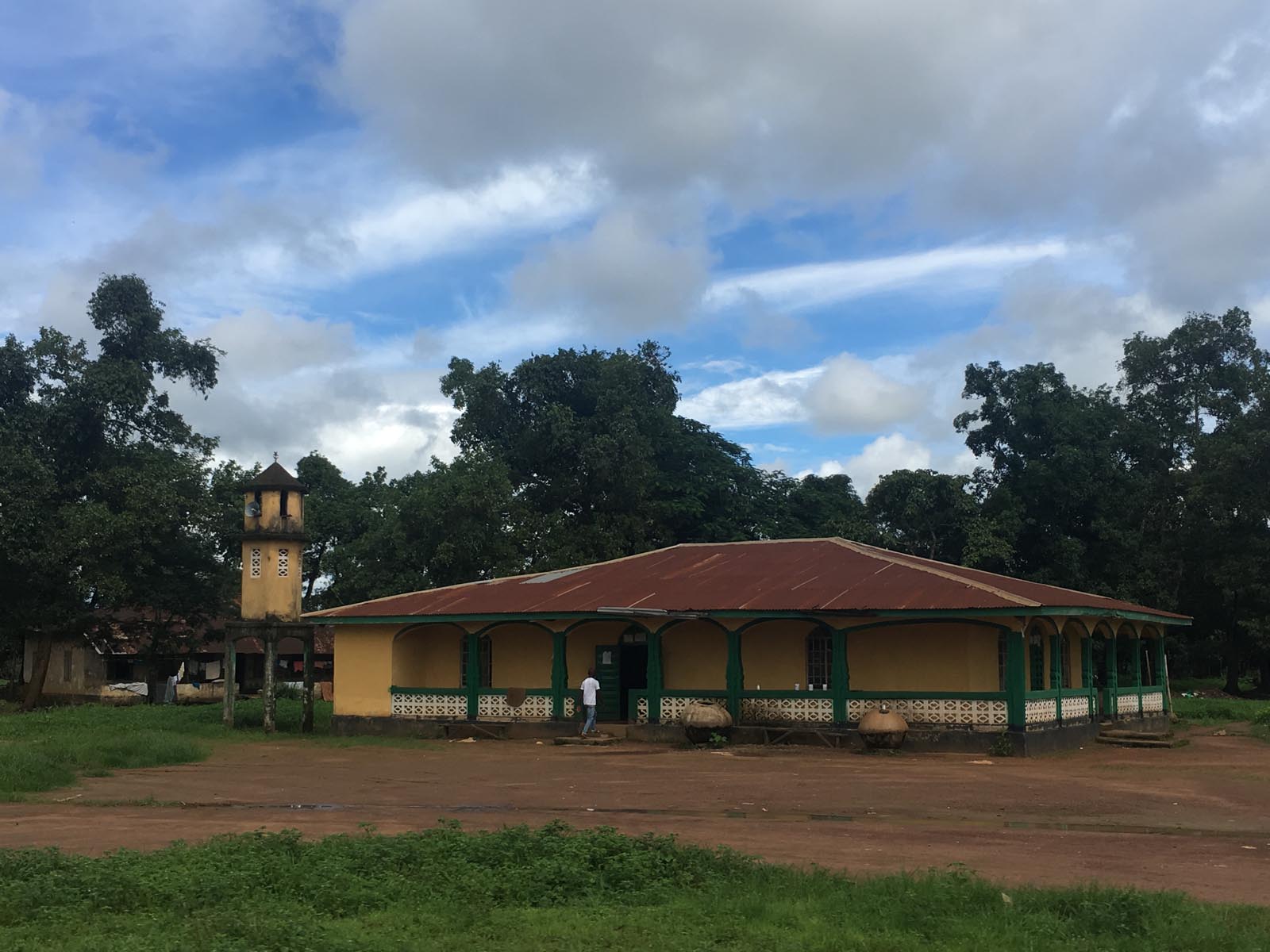
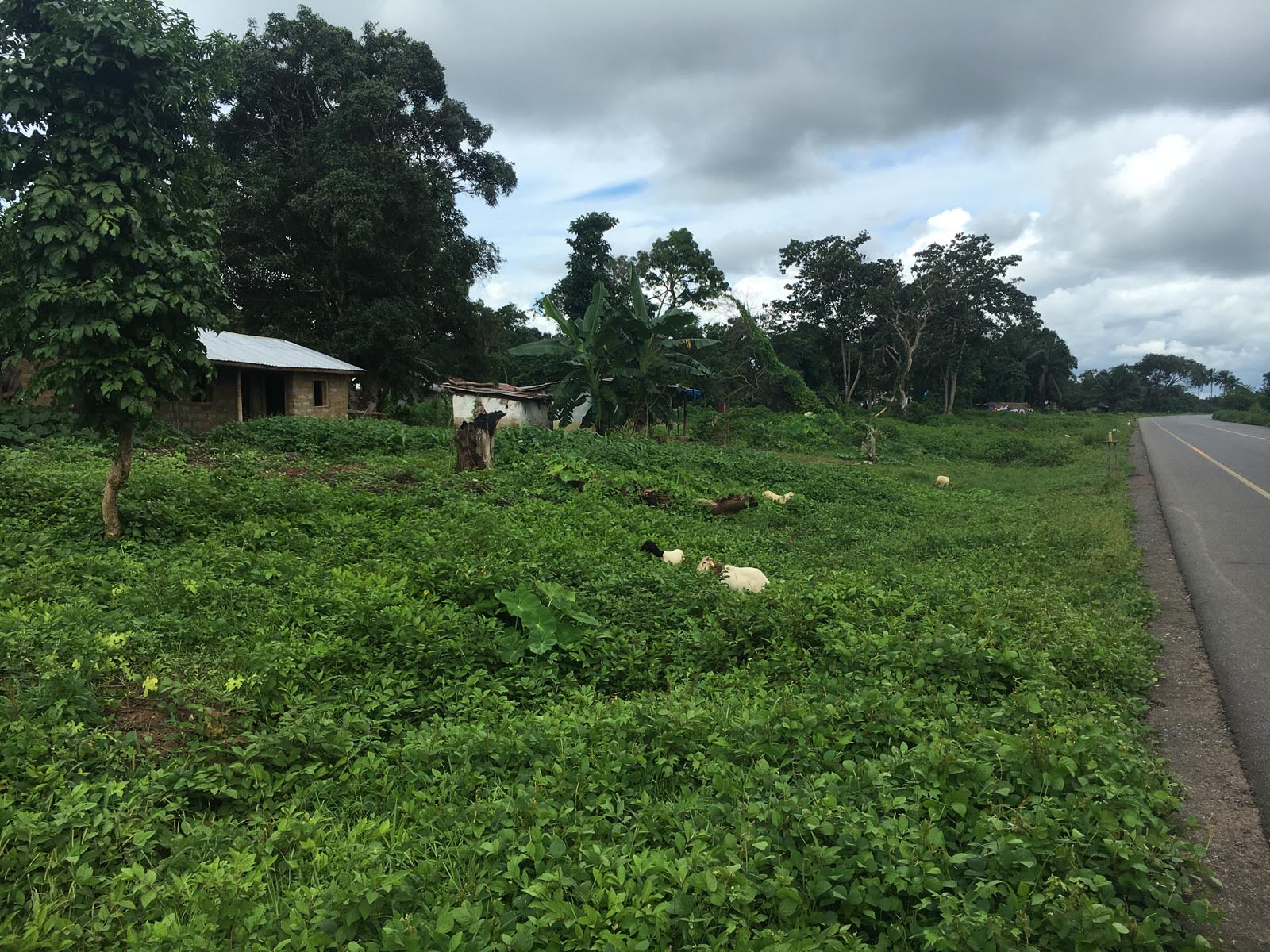

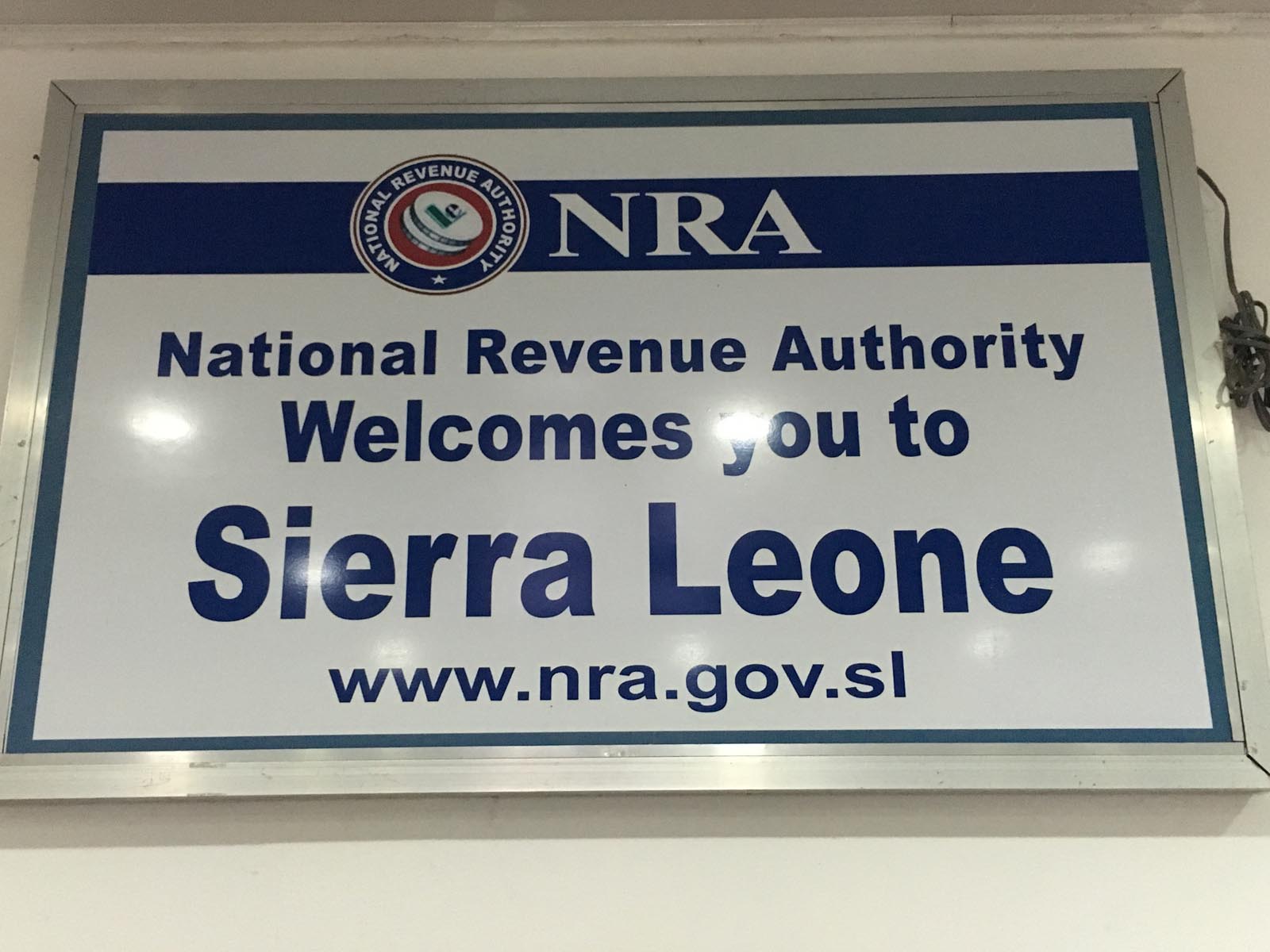
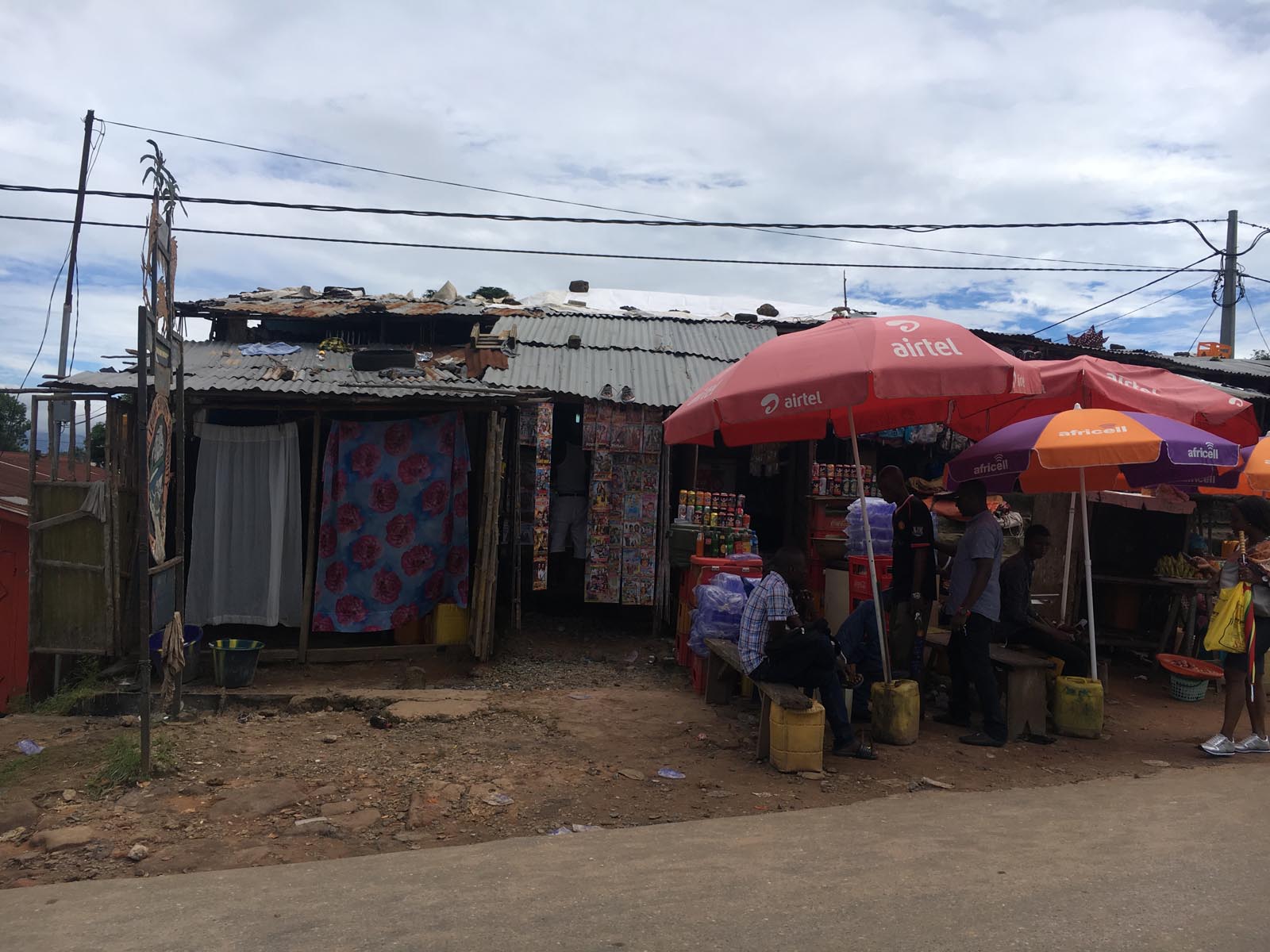
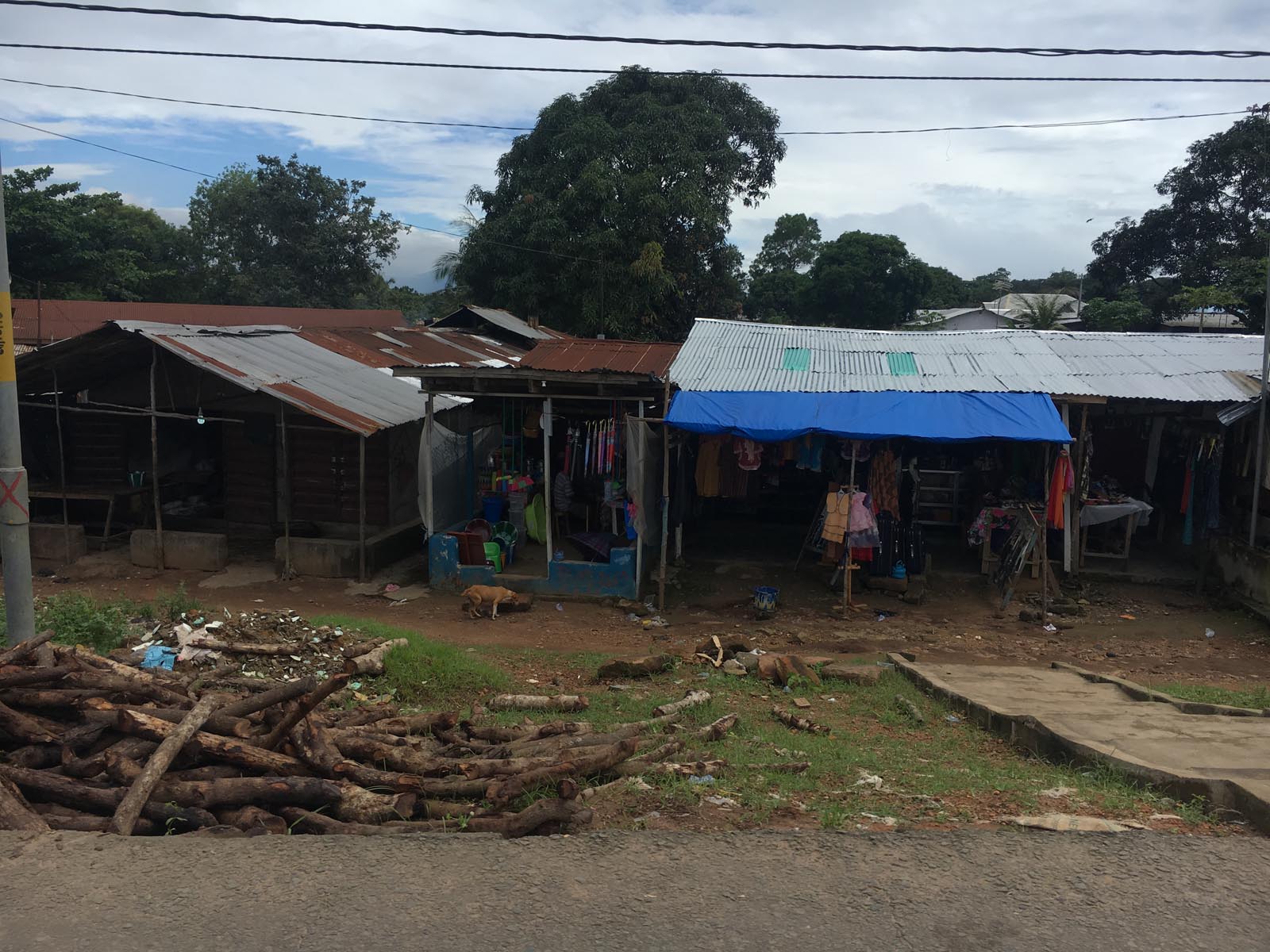
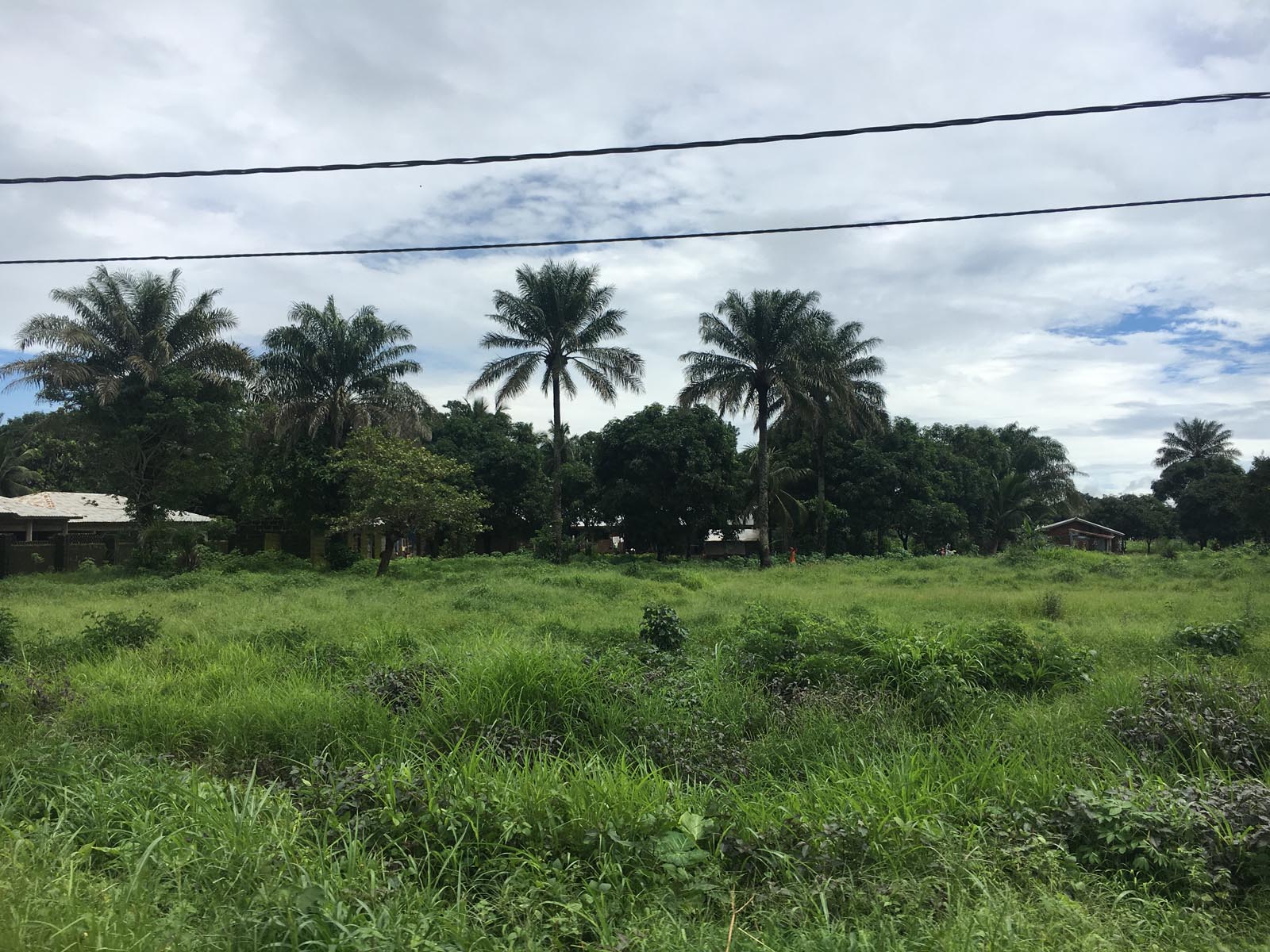
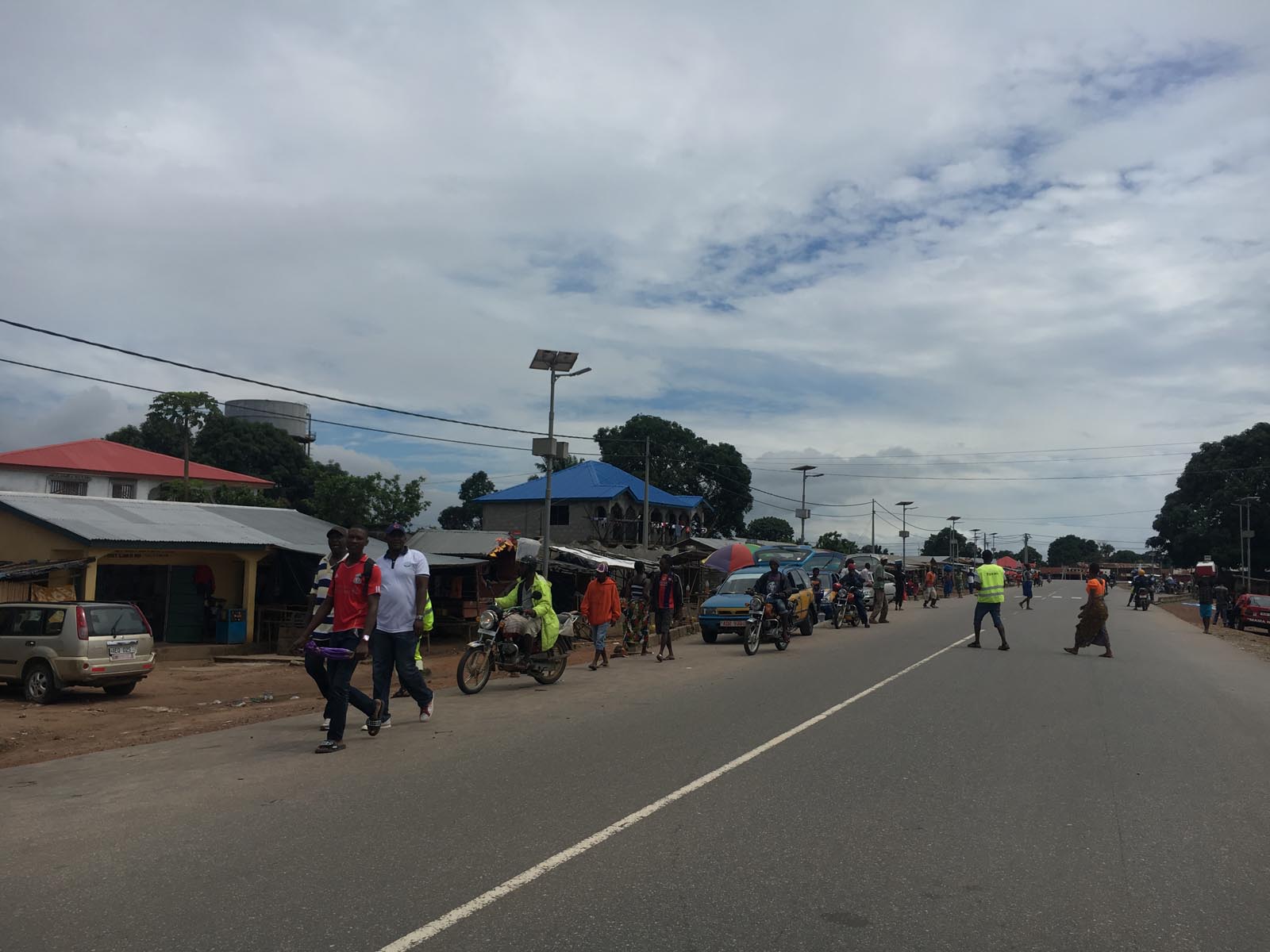
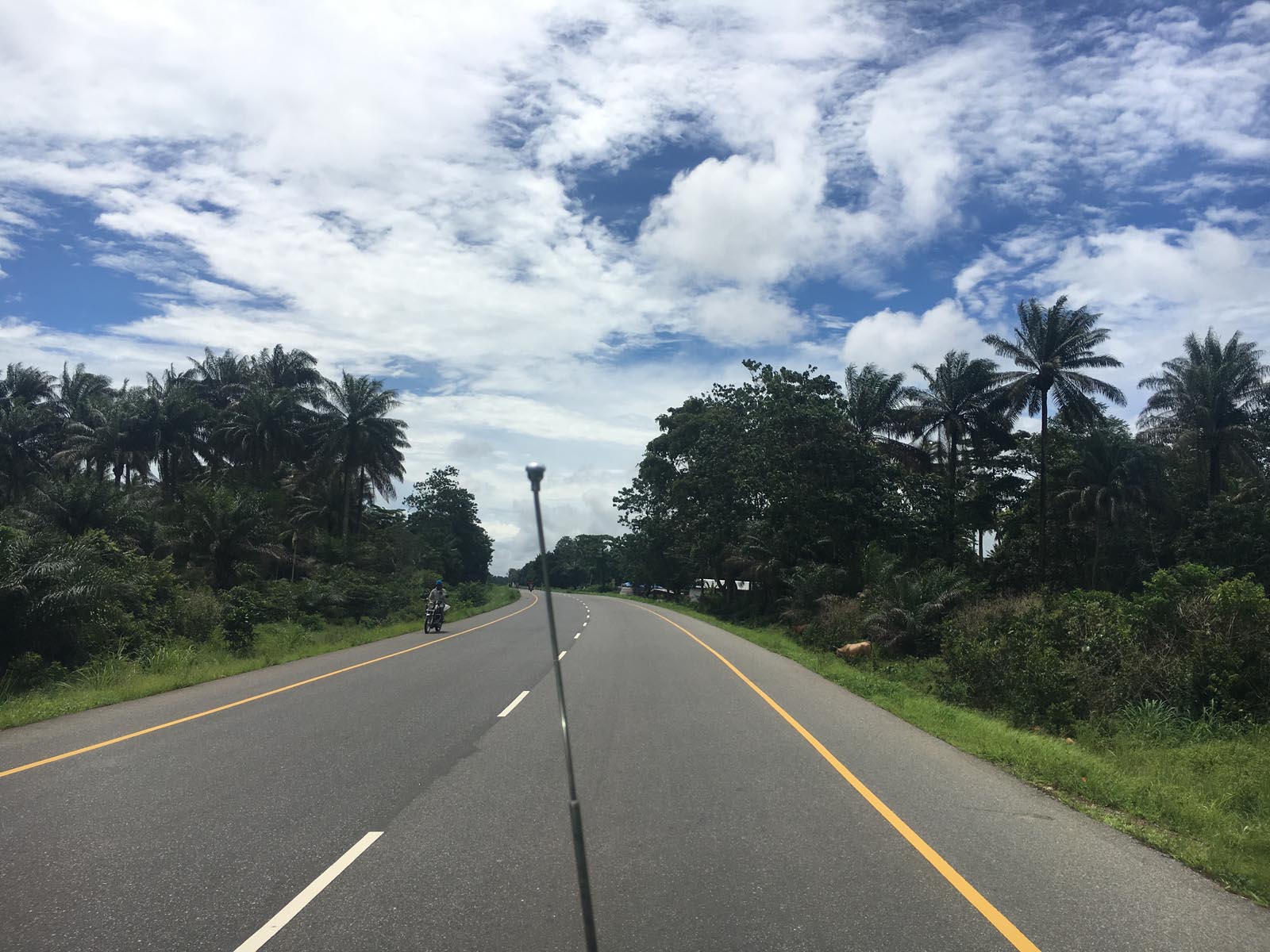
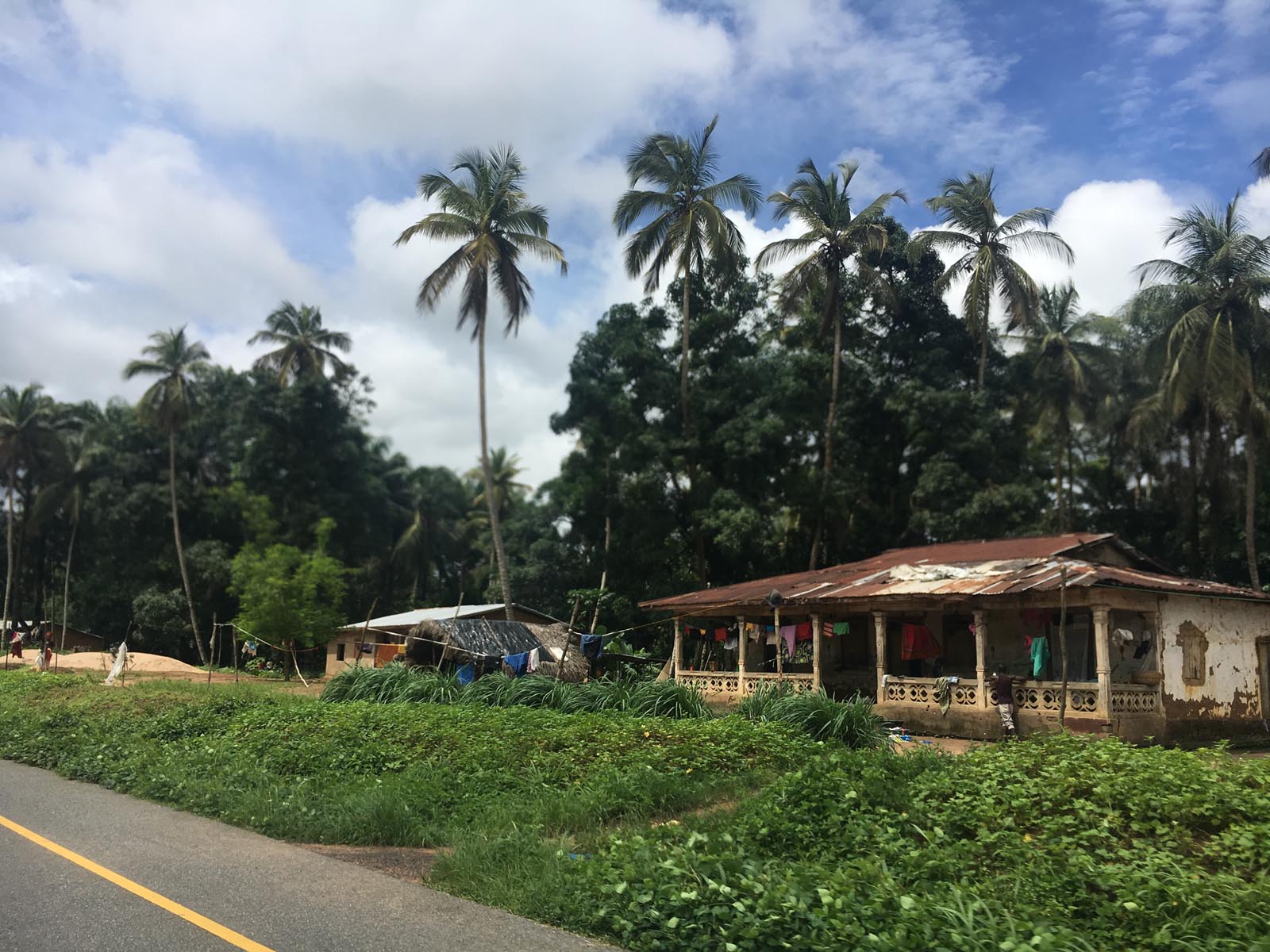
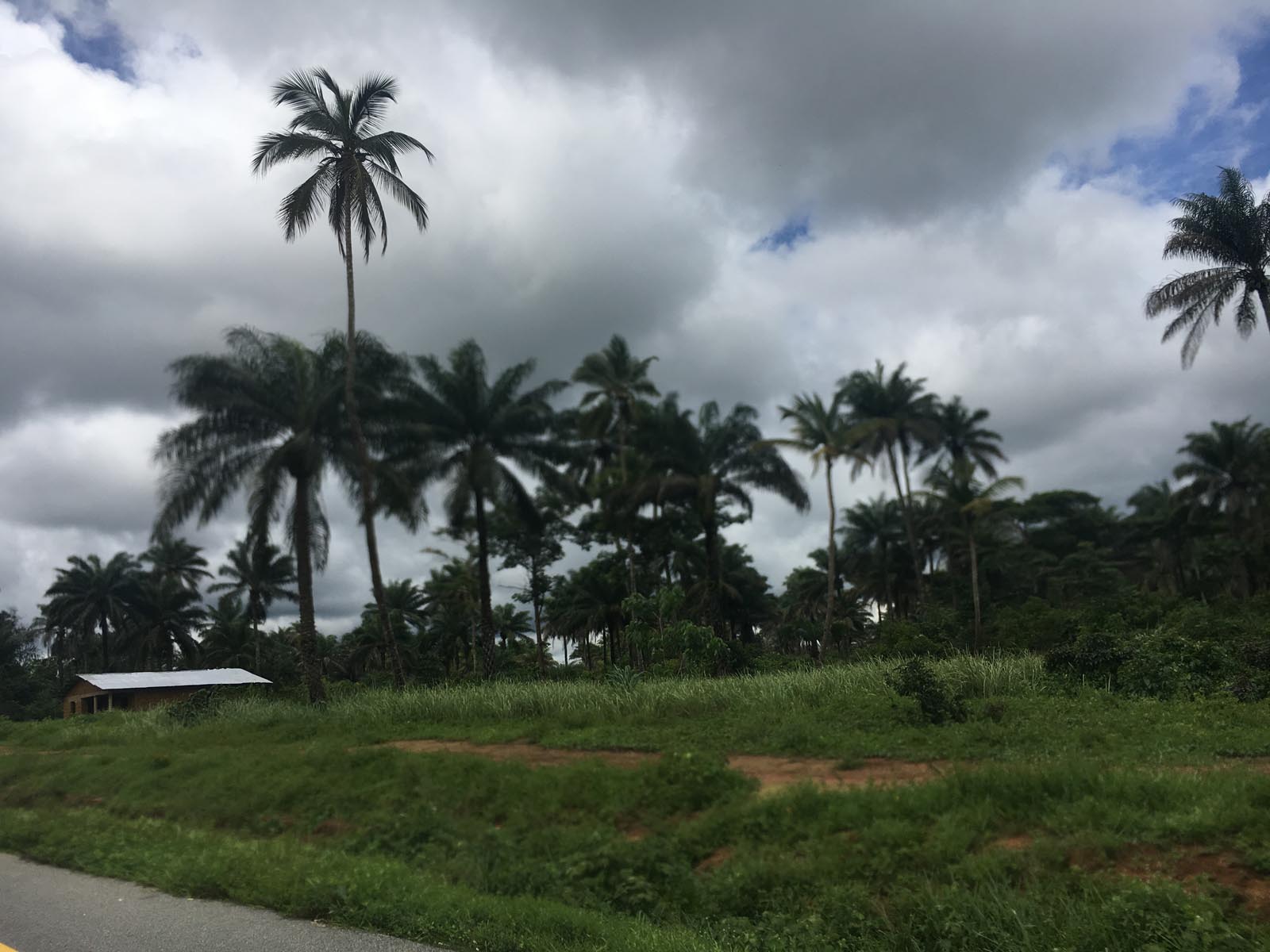
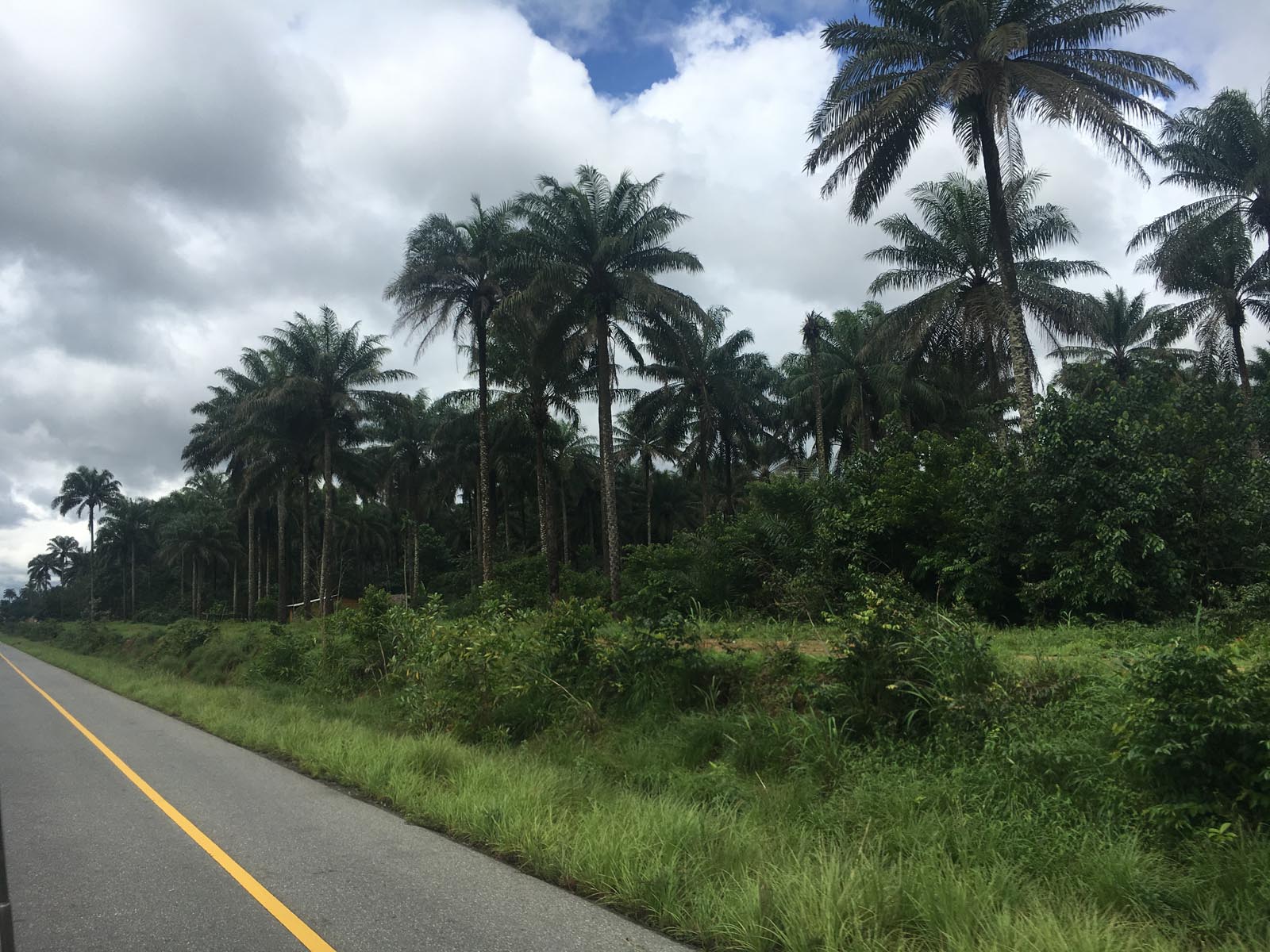
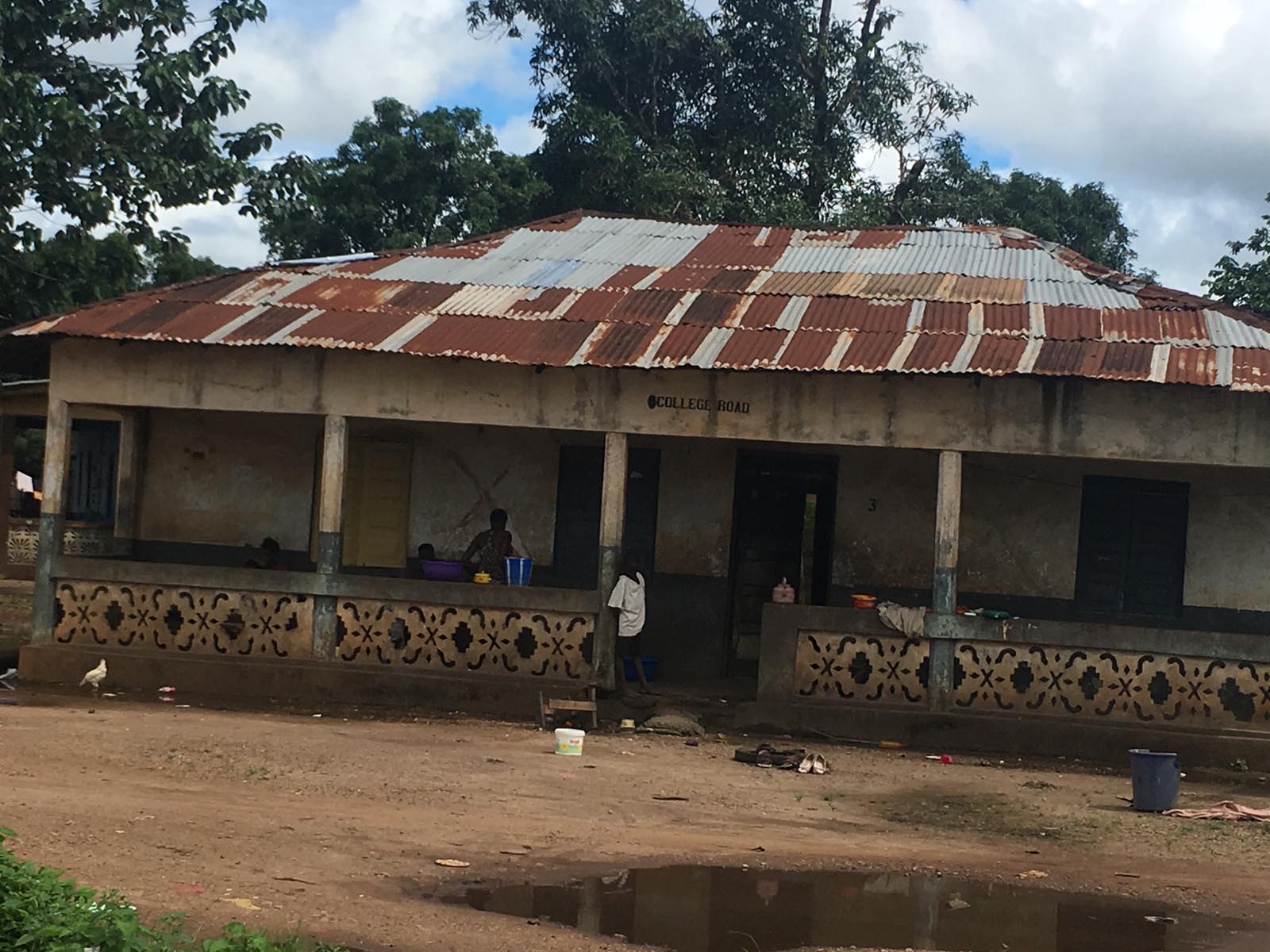
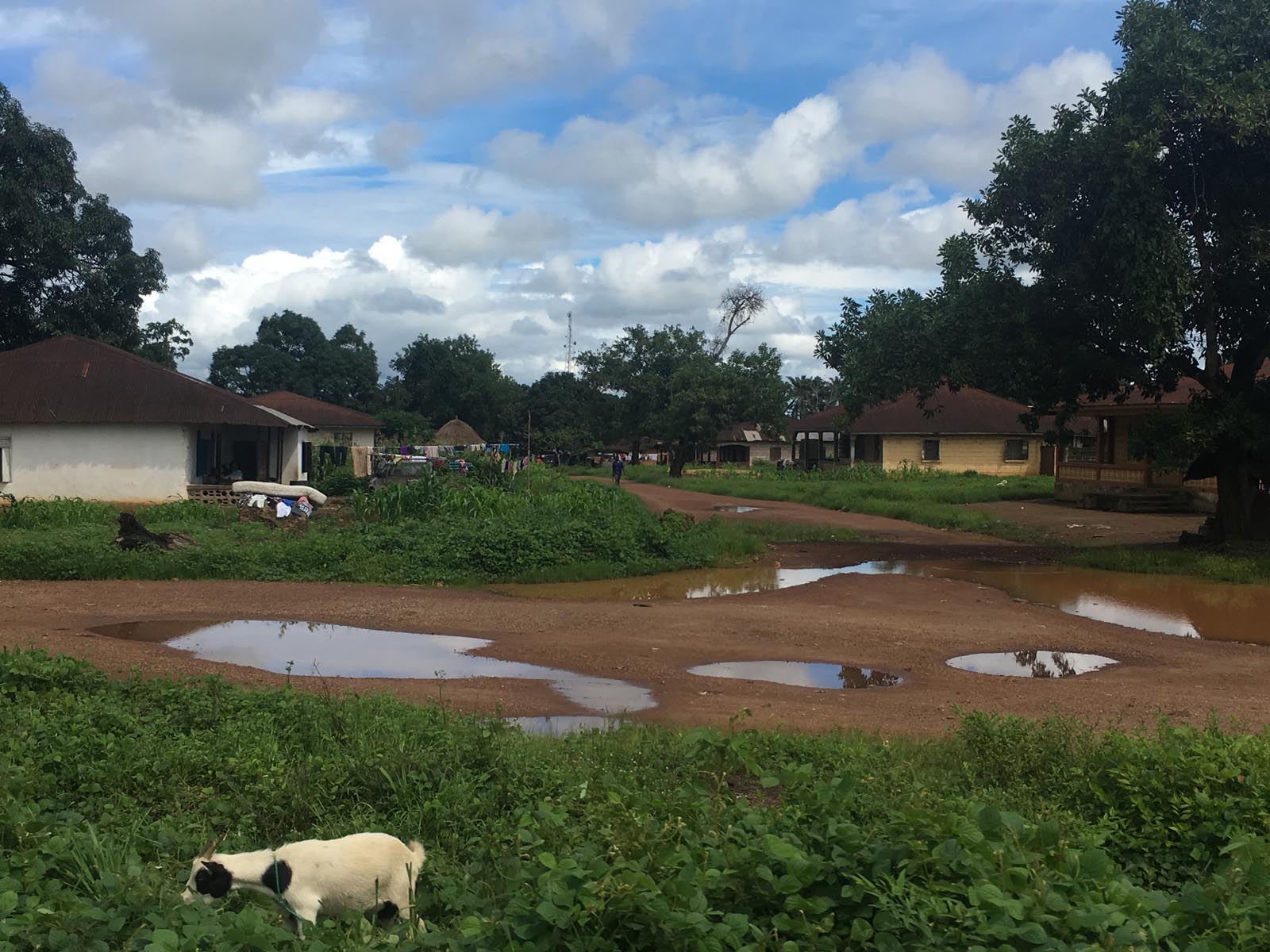
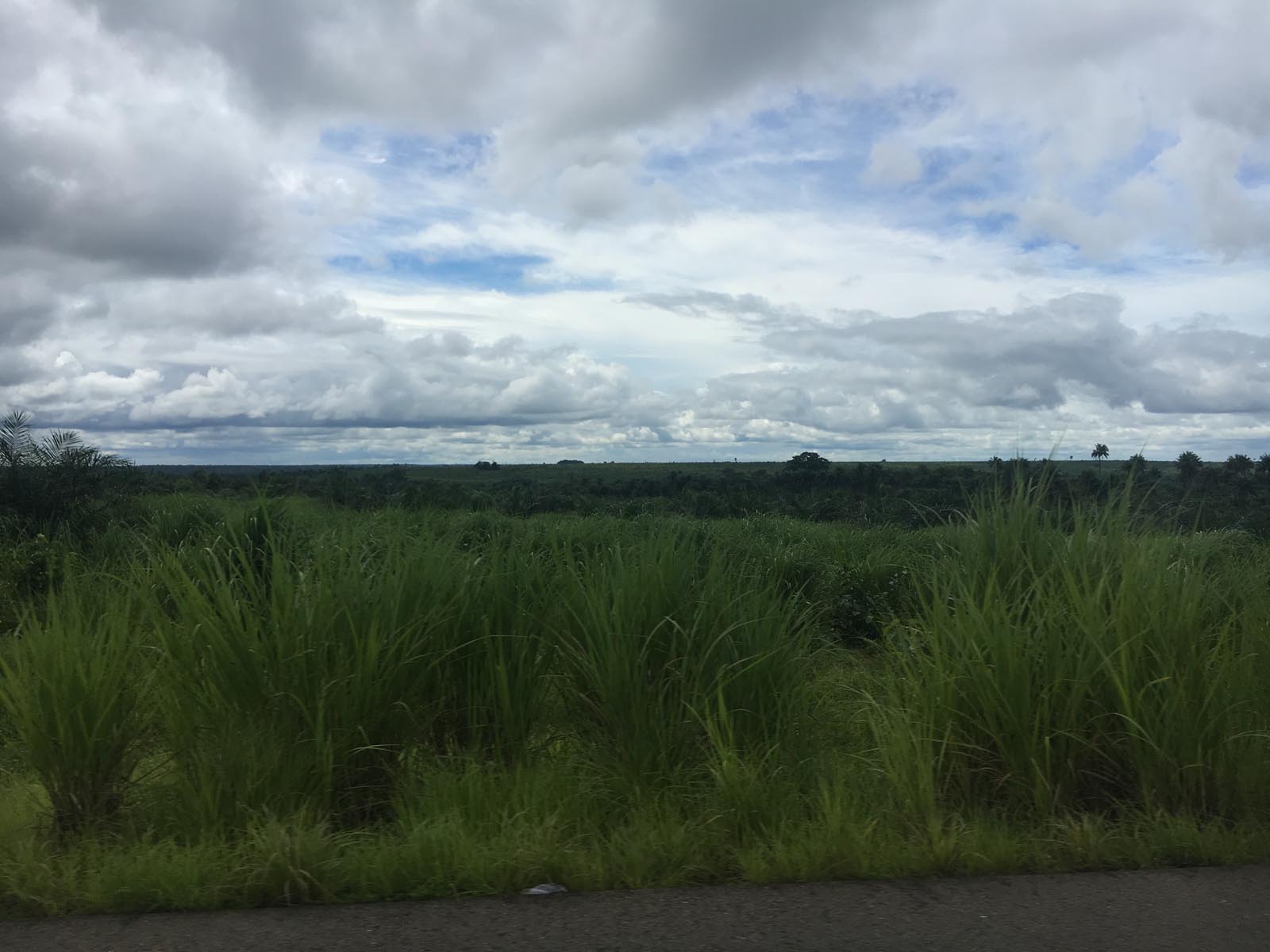
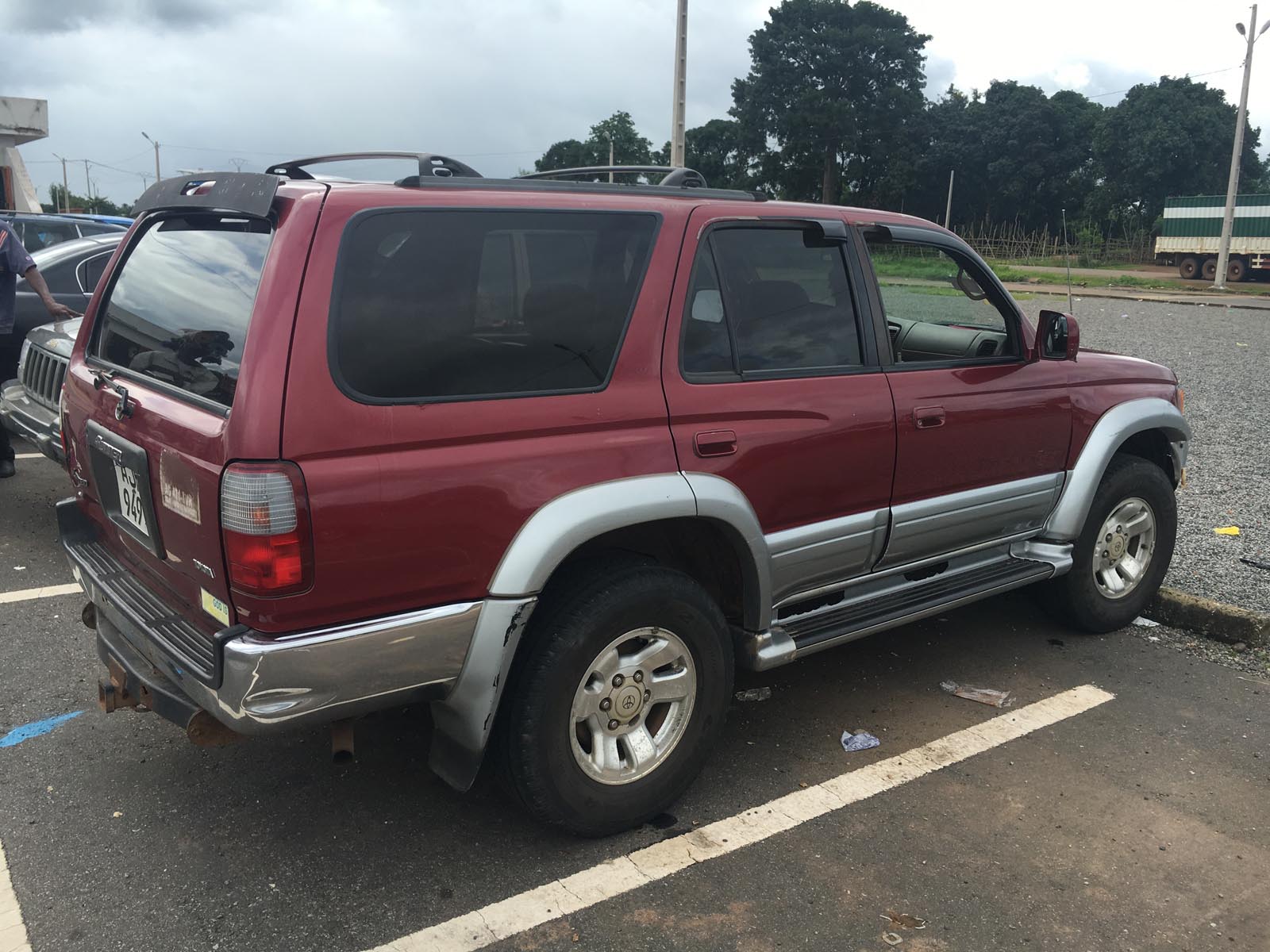
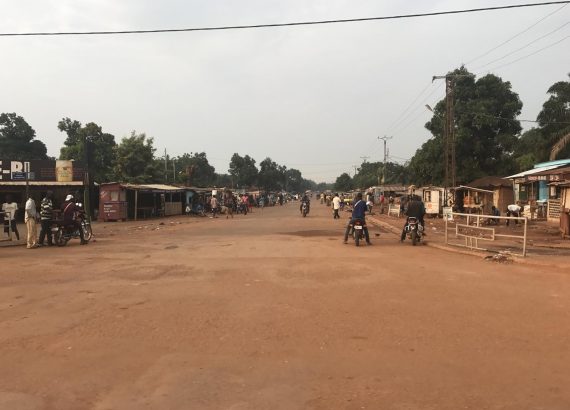
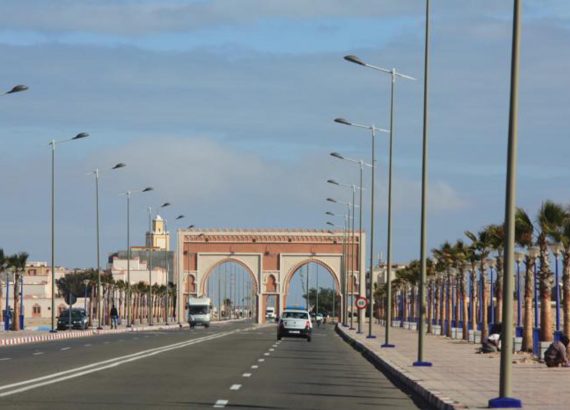
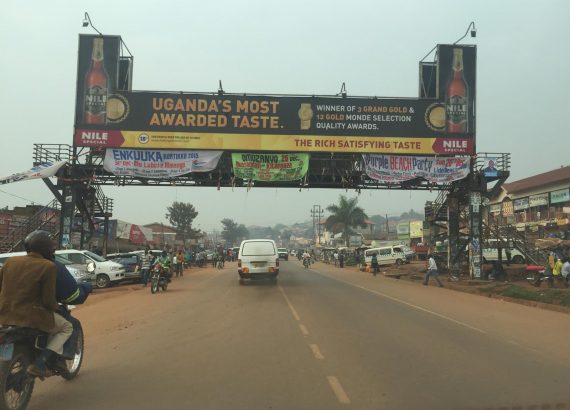
No Comments